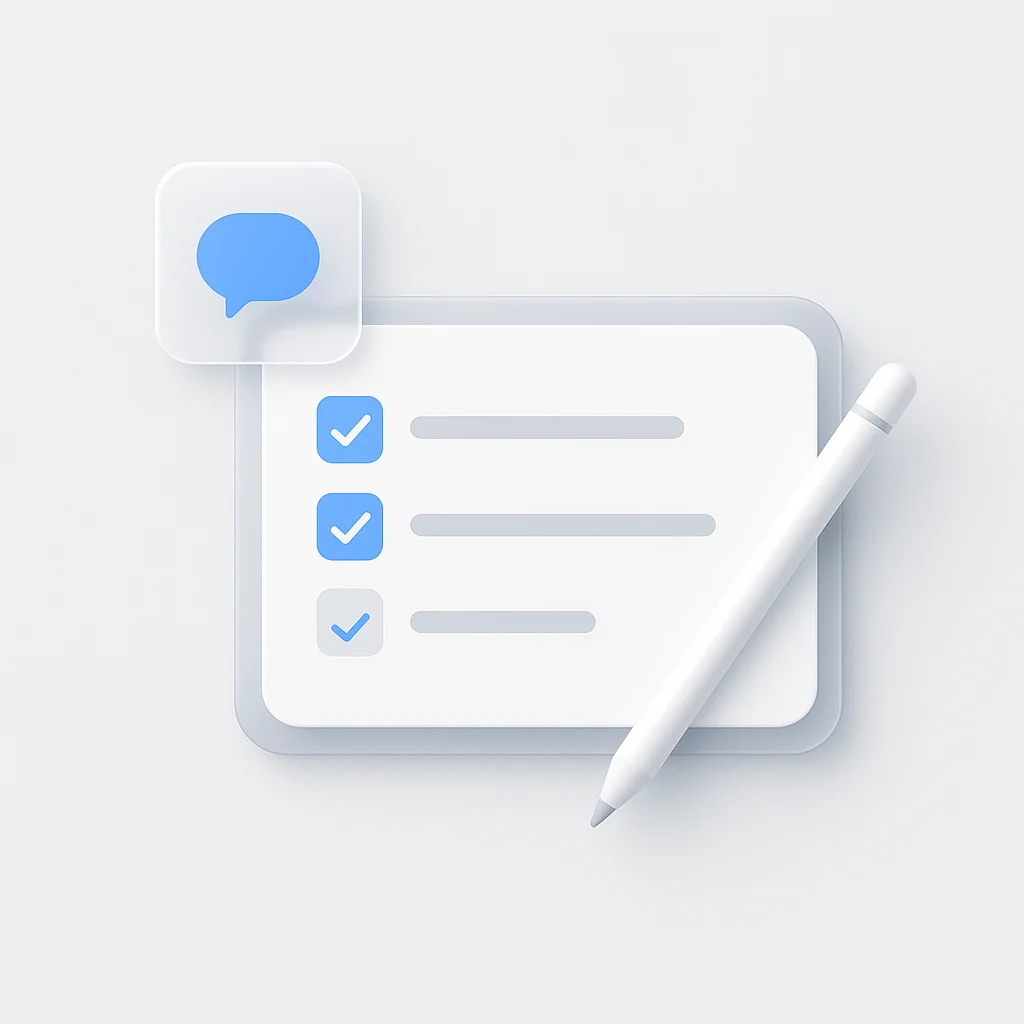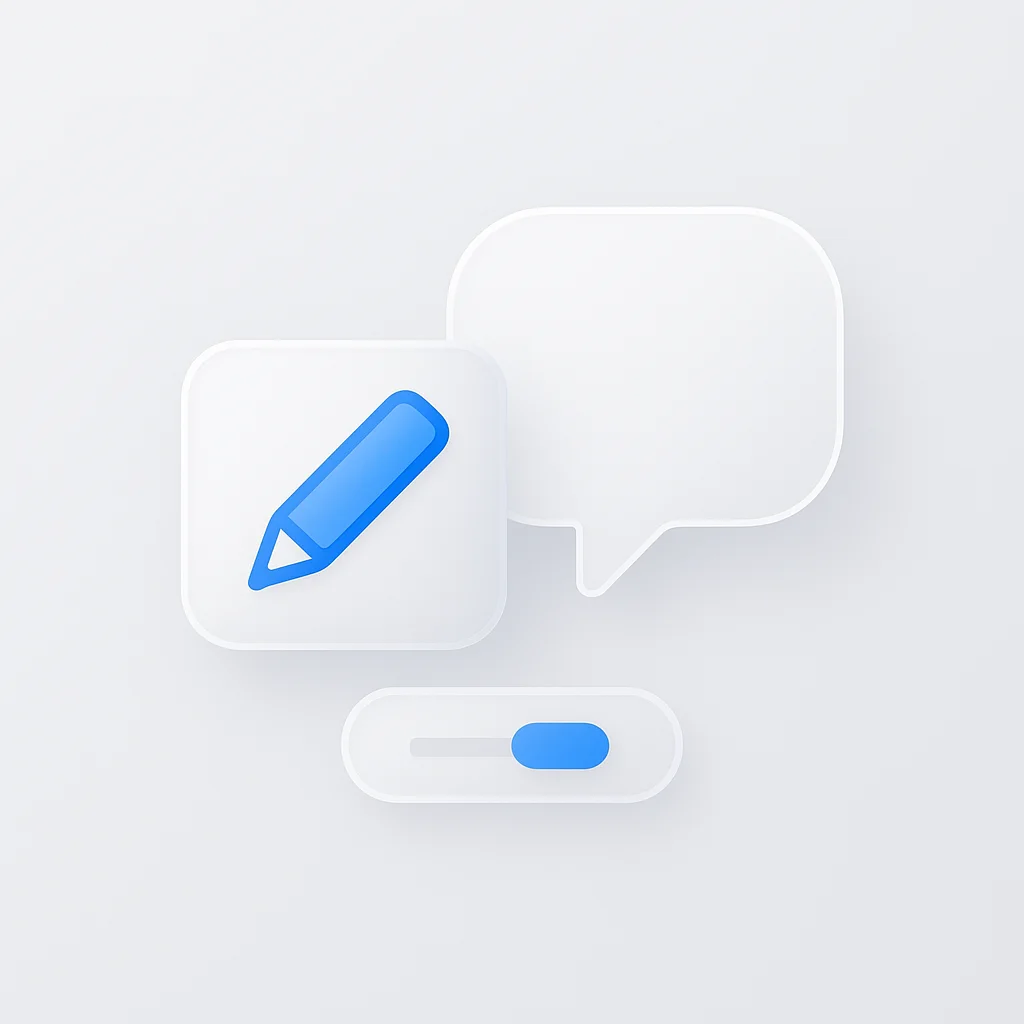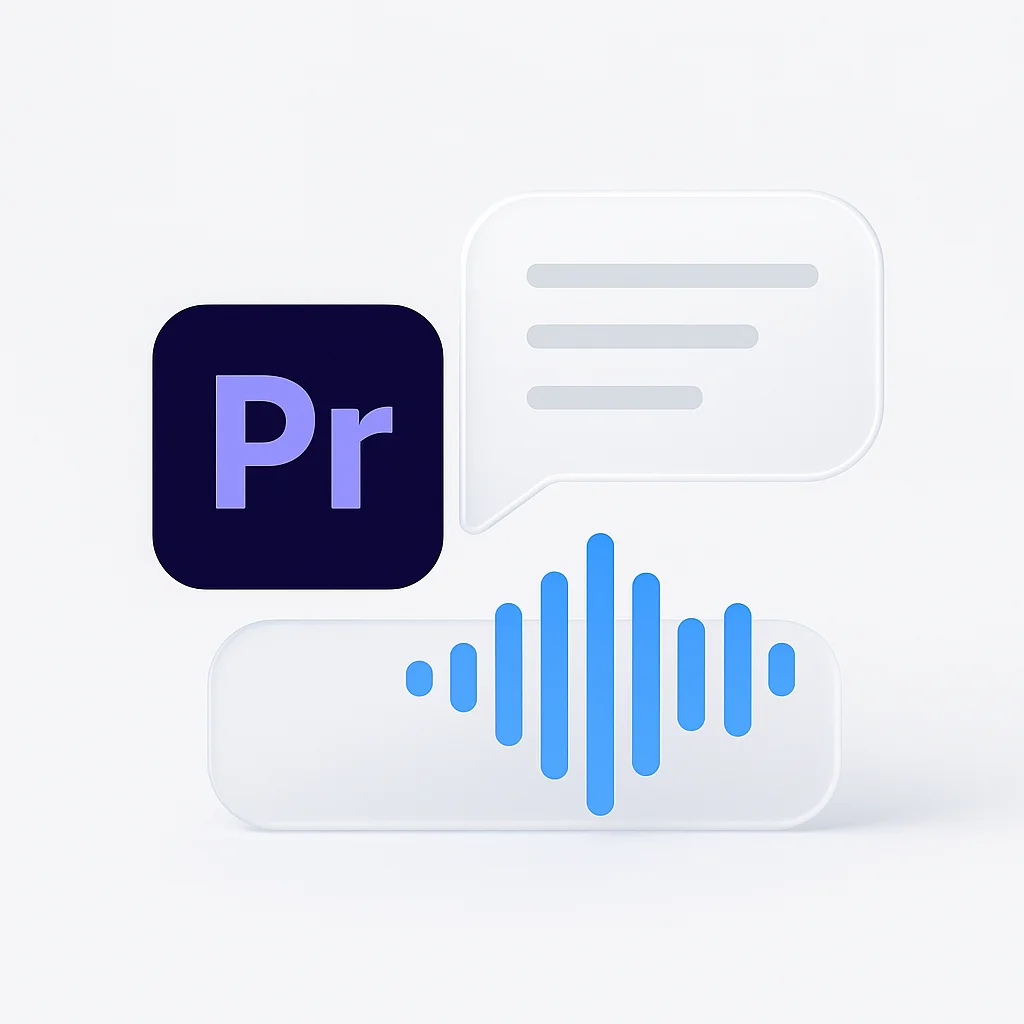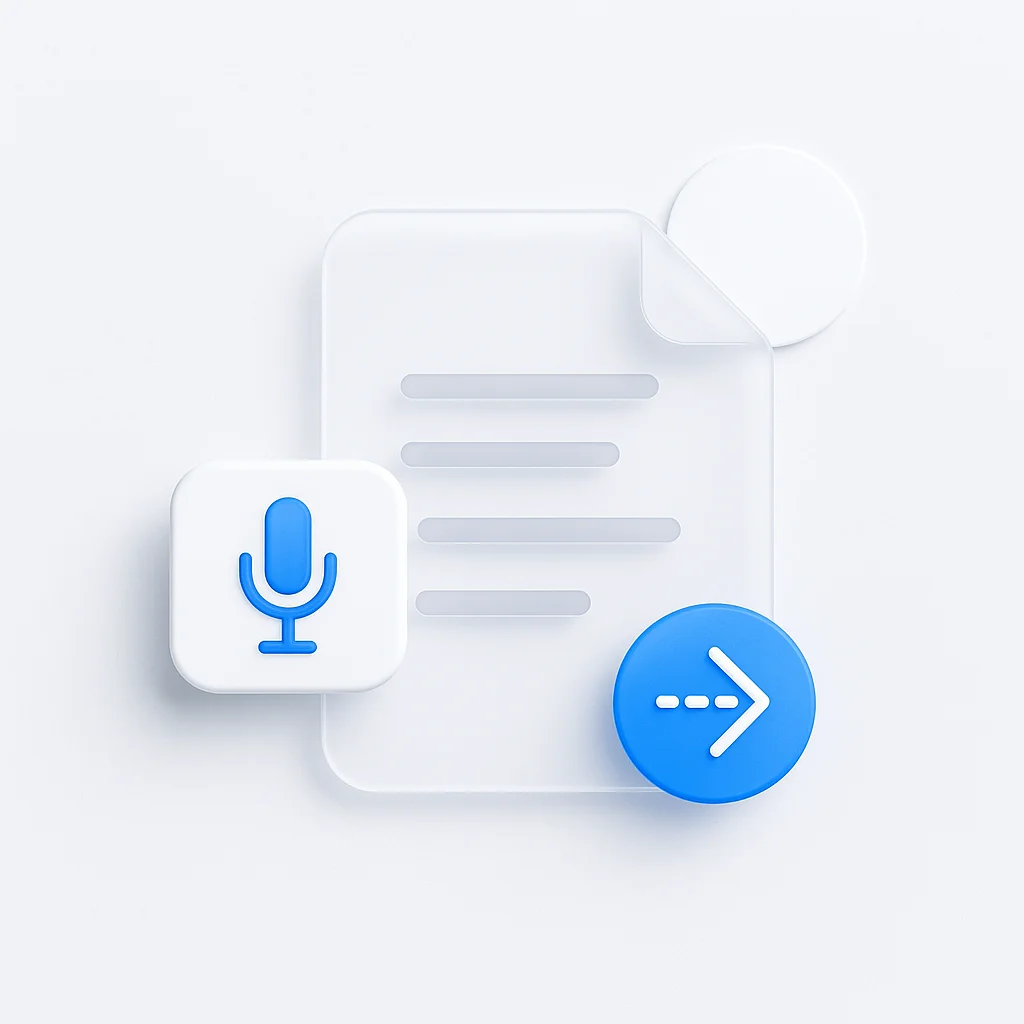Missing crucial information during meetings can derail projects, damage relationships, and cost opportunities. Whether you’re attending a board meeting, client presentation, or team brainstorm, mastering the art of comprehensive note-taking while staying engaged is a skill that can transform your professional effectiveness.
The Critical Importance of Effective Meeting Notes
In today’s fast-paced business environment, meetings generate countless decisions, action items, and insights that drive organizational success. Poor note-taking doesn’t just affect your own productivity—it impacts entire teams and projects.
Why Complete Meeting Notes Matter
Business Impact:
- Prevents missed deadlines and forgotten commitments
- Reduces follow-up meetings and clarification emails
- Improves project coordination and team alignment
- Creates accountability and clear action items
- Provides legal protection for decisions and agreements
Personal Benefits:
- Enhances your reputation as a reliable team member
- Improves memory retention and recall
- Enables better preparation for future meetings
- Creates valuable reference material for projects
- Demonstrates active listening and engagement
Method 1: The Cornell Note-Taking System
The Cornell system divides your page into three sections, creating a structured approach that captures both details and insights.
Setting Up Your Cornell Template
Page Layout:
- Cue Column (Left): 2.5 inches wide for keywords and questions
- Note-Taking Area (Right): 6 inches wide for main content
- Summary Section (Bottom): 2 inches high for key takeaways
Digital Implementation:
- Use tables in Word or Google Docs
- Create templates in note-taking apps like Notion
- Download Cornell-style templates online
- Customize layouts for your specific meeting types
Cornell System in Action
During the Meeting:
- Write main points in the right column
- Use bullet points and short phrases
- Leave white space for later additions
- Focus on capturing facts, not perfect formatting
After the Meeting:
- Add keywords and questions in the left cue column
- Write a summary of key decisions and action items
- Review and clarify unclear points
- Highlight priority items and deadlines
Pro Tips for Cornell Success:
- Prepare templates in advance for different meeting types
- Use consistent abbreviations and symbols
- Review notes within 24 hours while memory is fresh
- Create action item lists from your summary section
Advanced Cornell Techniques
Color Coding System:
- Black ink for general notes
- Blue for action items
- Red for urgent decisions
- Green for follow-up questions
Symbol Legend:
- ! for important points
- ? for questions or unclear items
- → for action items
- ★ for key decisions
-
for numbers and data
Method 2: Digital Note-Taking with Smart Apps
Modern technology offers powerful tools that can revolutionize your meeting note-taking capabilities.
Top Digital Note-Taking Apps
Notion for Comprehensive Organization:
- Create meeting databases with templates
- Link notes to projects and team members
- Add tags for easy searching and filtering
- Integrate with calendar and task management
- Share notes with relevant stakeholders
OneNote for Flexible Structure:
- Use sections for different meeting types
- Add drawings and annotations
- Search across all notebooks
- Sync across all devices
- Integrate with Office 365 ecosystem
Obsidian for Connected Thinking:
- Create links between related meetings
- Build knowledge graphs of decisions and outcomes
- Use templates for consistent formatting
- Add plugins for enhanced functionality
- Maintain privacy with local storage
Digital Note-Taking Best Practices
Preparation Strategies:
- Create meeting templates with standard sections
- Set up quick access shortcuts and hotkeys
- Prepare attendee lists and project context
- Test technology before important meetings
- Have backup plans for technical issues
During Meeting Execution:
- Use keyboard shortcuts for faster input
- Set up split screens for reference materials
- Take advantage of search functionality
- Use voice-to-text for hands-free input
- Leverage real-time collaboration features
Post-Meeting Processing:
- Add tags and categories immediately
- Share relevant sections with team members
- Create task lists from action items
- Schedule follow-up reminders
- Archive or organize for future reference
Method 3: The Shorthand Revolution
Learning basic shorthand techniques can dramatically increase your note-taking speed and comprehension.
Essential Shorthand Symbols
Common Abbreviations:
- w/ = with
- w/o = without
- b/c = because
- & = and
- @ = at
- → = leads to, results in
- ↑ = increase, up
- ↓ = decrease, down
Action-Oriented Shortcuts:
- AI = action item
- FU = follow up
- DD = due date
- ASAP = as soon as possible
- TBD = to be determined
- FYI = for your information
Meeting-Specific Notation:
- Q: = question
- A: = answer
- D: = decision
- O: = opinion
- F: = fact
- I: = idea
Developing Your Personal Shorthand System
Industry-Specific Abbreviations:
- Create shortcuts for common terms in your field
- Develop symbols for frequent meeting participants
- Use initials for recurring project names
- Establish consistent formatting for dates and times
Practice and Refinement:
- Start with 10-15 core symbols
- Practice during low-stakes meetings
- Gradually add more complex abbreviations
- Create a reference guide for consistency
- Share systems with frequent meeting partners
Speed Writing Techniques
Omit Unnecessary Words:
- Drop articles (a, an, the)
- Skip prepositions when context is clear
- Use fragments instead of complete sentences
- Focus on nouns, verbs, and key adjectives
Structural Shortcuts:
- Use bullet points extensively
- Create indentation systems for sub-topics
- Number sequential items automatically
- Use horizontal lines to separate topics
Method 4: AI-Powered Meeting Transcription
Artificial intelligence has revolutionized meeting documentation, offering real-time transcription and intelligent summarization.
Leading AI Transcription Solutions
Otter.ai for Professional Meetings:
- Real-time transcription with speaker identification
- Automatic meeting summaries and action items
- Integration with Zoom, Google Meet, and Teams
- Searchable transcripts with keyword highlighting
- Collaborative editing and commenting features
Microsoft Copilot for Enterprise:
- Deep integration with Microsoft 365 suite
- Intelligent meeting insights and suggestions
- Automatic follow-up email generation
- Calendar integration and scheduling assistance
- Enterprise-grade security and compliance
Google Meet’s Live Captions:
- Built-in transcription for Google Meet
- Multi-language support
- Integration with Google Workspace
- Automatic saving to Google Drive
- Cost-effective for Google users
Maximizing AI Transcription Effectiveness
Pre-Meeting Setup:
- Test microphone quality and positioning
- Ensure stable internet connection
- Brief participants on speaking clearly
- Set up proper lighting for video-based AI
- Configure speaker identification settings
During Meeting Optimization:
- Speak clearly and at moderate pace
- Allow pauses between speakers
- Repeat important names and numbers
- Use verbal cues for action items
- Monitor transcription accuracy in real-time
Post-Meeting Enhancement:
- Review and edit transcriptions for accuracy
- Add context and clarifications
- Highlight key decisions and action items
- Share relevant sections with stakeholders
- Archive with appropriate tags and categories
Hybrid Approach: AI + Human Notes
Complementary Strategy:
- Use AI for verbatim conversation capture
- Take handwritten notes for analysis and insights
- Combine both sources for comprehensive documentation
- Cross-reference for accuracy and completeness
- Focus human attention on non-verbal cues
Method 5: The Mind Mapping Approach
Visual note-taking through mind maps can capture complex relationships and generate creative insights during meetings.
Creating Effective Meeting Mind Maps
Central Topic Structure:
- Place meeting objective in center
- Create main branches for agenda items
- Add sub-branches for details and discussions
- Use colors to categorize information types
- Include symbols and icons for visual appeal
Real-Time Mind Mapping:
- Start with prepared template
- Add branches organically as discussion flows
- Use keywords and short phrases
- Connect related ideas with lines or arrows
- Leave space for post-meeting additions
Digital Mind Mapping Tools
MindMeister for Collaboration:
- Real-time collaborative editing
- Integration with project management tools
- Template library for different meeting types
- Export options to various formats
- Mobile apps for on-the-go access
XMind for Powerful Features:
- Advanced formatting and styling options
- Gantt chart creation from mind maps
- Presentation mode for sharing insights
- Brainstorming mode for creative sessions
- Professional templates and themes
Paper-Based Mind Mapping:
- Use large sheets for complex meetings
- Employ colored pens for categorization
- Add sketches and diagrams
- Create legends for symbols and abbreviations
- Photograph completed maps for digital storage
Advanced Mind Mapping Techniques
Information Categorization:
- Use consistent colors for different types of content
- Develop symbol systems for actions and decisions
- Create priority indicators for urgent items
- Add timestamps for chronological tracking
- Include mood and energy indicators
Connection Visualization:
- Draw lines between related topics
- Use different line styles for different relationships
- Add arrows to show causation or sequence
- Create clusters for related concepts
- Highlight critical paths and dependencies
Method 6: The Two-Device Strategy
Using multiple devices can separate capture from processing, allowing for more thorough documentation.
Optimal Device Combinations
Laptop + Tablet Setup:
- Use laptop for real-time typing
- Use tablet for diagrams and visual notes
- Switch between devices as needed
- Sync information across platforms
- Maintain backup on both devices
Phone + Notebook Combination:
- Use phone for voice recordings
- Take handwritten notes simultaneously
- Capture photos of whiteboards or presentations
- Access shared documents and resources
- Stay connected while maintaining focus
Device-Specific Advantages
Laptop Benefits:
- Fast typing for detailed notes
- Multiple window management
- Access to full software capabilities
- Large screen for reference materials
- Easy sharing and collaboration
Tablet Advantages:
- Natural handwriting experience
- Touch-based navigation
- Portable and lightweight
- Long battery life
- Versatile orientation options
Smartphone Utilities:
- Always available backup
- Voice recording capabilities
- Camera for visual documentation
- Quick access to contacts and calendar
- Instant communication with team members
Method 7: The Listening-First Approach
Balancing active listening with comprehensive note-taking requires strategic attention management.
Active Listening Techniques
Focused Attention Strategies:
- Maintain eye contact with speakers
- Use minimal note-taking during complex discussions
- Ask clarifying questions in real-time
- Summarize and confirm understanding
- Take detailed notes during presentation segments
Engagement Indicators:
- Nod and provide verbal acknowledgments
- Ask follow-up questions
- Contribute relevant insights
- Reference previous discussions
- Demonstrate understanding through paraphrasing
Strategic Note-Taking Timing
When to Write Extensively:
- During fact-heavy presentations
- When specific numbers or dates are mentioned
- During action item assignments
- When decisions are being made
- During project timeline discussions
When to Focus on Listening:
- During emotional or sensitive discussions
- When creative brainstorming is happening
- During interpersonal conflicts or negotiations
- When body language and tone are crucial
- During strategic planning conversations
Post-Meeting Memory Reconstruction
Immediate Capture (Within 30 Minutes):
- Fill in gaps from memory while details are fresh
- Add context and emotional undertones
- Clarify abbreviated notes and symbols
- Expand on key insights and observations
- Record immediate follow-up thoughts
Enhanced Documentation:
- Cross-reference with other attendees’ notes
- Add relevant background information
- Include pre-meeting context and post-meeting implications
- Connect to broader project goals and strategies
- Create comprehensive action item lists
Integration with Task Management
Effective meeting notes should seamlessly flow into your broader productivity system.
Action Item Management
Immediate Processing:
- Extract action items during or immediately after meetings
- Assign clear owners and deadlines
- Add context and priority levels
- Link to relevant projects and goals
- Set up appropriate reminders and follow-ups
Task Management Integration:
- Export action items to your task management system
- Create project connections and dependencies
- Set up automated reminders and notifications
- Track completion status and progress
- Generate reports for stakeholders
Popular Task Management Integrations
Todoist Integration:
- Create tasks directly from meeting notes
- Use natural language processing for due dates
- Add project and label categorization
- Set up recurring tasks for regular meetings
- Generate productivity reports
Asana Integration:
- Convert action items to Asana tasks
- Assign to team members with context
- Create project dependencies and timelines
- Add custom fields for meeting context
- Track progress across multiple projects
Notion Integration:
- Create connected databases for meetings and tasks
- Use templates for consistent documentation
- Build dashboards for progress tracking
- Integrate with calendar and project management
- Create automated workflows and notifications
Technology Troubleshooting
Reliable technology is crucial for modern meeting note-taking, but technical issues are inevitable.
Common Technical Issues
Audio/Recording Problems:
- Test recording equipment before meetings
- Have backup recording devices available
- Position microphones optimally for all speakers
- Monitor audio levels during recording
- Maintain equipment and update software regularly
Software Crashes:
- Save work frequently during meetings
- Use cloud-based solutions for automatic backup
- Have alternative applications ready
- Keep local backups of important templates
- Test software updates before critical meetings
Internet Connectivity Issues:
- Download necessary documents before meetings
- Use offline-capable applications when possible
- Have mobile hotspot backup options
- Prepare physical notebooks as ultimate backup
- Sync data immediately when connection is restored
Emergency Backup Strategies
Always-Available Alternatives:
- Physical notebooks and pens
- Voice recording on mobile devices
- Text documents on offline devices
- Photography for visual information
- Collaboration with other attendees
Measuring Note-Taking Effectiveness
Continuous improvement requires measuring the effectiveness of your note-taking system.
Key Performance Indicators
Completeness Metrics:
- Percentage of action items captured accurately
- Number of follow-up clarification requests needed
- Frequency of missed deadlines due to poor notes
- Quality of meeting summaries produced
- Stakeholder satisfaction with documentation
Efficiency Metrics:
- Time required for post-meeting processing
- Speed of information retrieval from notes
- Frequency of template usage and effectiveness
- Technology adoption and comfort levels
- Integration success with existing workflows
Feedback Collection
Self-Assessment Questions:
- How often do I need to ask for clarification after meetings?
- Can I quickly find specific information from past meetings?
- Do my notes help me prepare for future meetings effectively?
- Are my action items clear and actionable?
- Do stakeholders find my notes helpful and complete?
Stakeholder Feedback:
- Survey meeting participants about note quality
- Ask for specific suggestions for improvement
- Compare notes with other attendees
- Request feedback on shared meeting summaries
- Monitor response rates to action items and follow-ups
Conclusion
Mastering comprehensive meeting note-taking is both an art and a science that requires the right combination of techniques, tools, and practice. Whether you prefer the structured approach of Cornell notes, the flexibility of digital apps, the speed of shorthand, or the power of AI transcription, the key is finding a system that works consistently for your specific needs and context.
Remember that effective note-taking isn’t just about capturing information—it’s about creating a reliable system that enhances your professional effectiveness, improves team collaboration, and drives better business outcomes. The investment you make in developing these skills will pay dividends throughout your career.
Start with one or two methods that resonate with your learning style and meeting types, then gradually expand your toolkit as you build confidence and expertise. Practice regularly, seek feedback from colleagues, and continuously refine your approach based on real-world results.
The goal isn’t perfect notes—it’s comprehensive, actionable documentation that serves you and your organization effectively. With consistent practice and the right tools, you’ll never miss another crucial detail, and your reputation as a reliable, thorough professional will precede you into every meeting room.
Pro Tip: Create a “note-taking emergency kit” with backup devices, alternative apps, physical notebooks, and pre-loaded templates. Being prepared for any situation will ensure you can capture important information regardless of technical challenges or unexpected circumstances.



